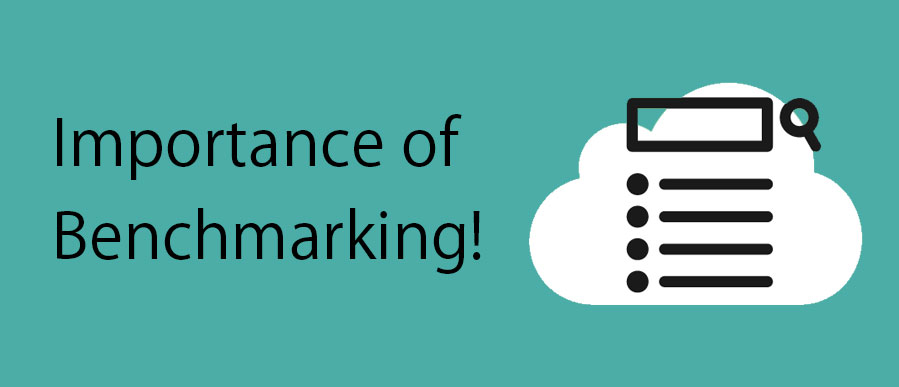Property developers are always interested in gaining marketing advantages and the Energy Star label is a great way to do that. Buildings that earn the Energy Star label are at least 15% more energy efficient than other peer buildings. Research has shown that energy efficient buildings rent for an average premium of 2-6% more. With energy efficiency becoming increasingly important as cities strive to be green, benchmarking has become a standard in cities like New York, San Francisco, and Philadelphia. The Clean and Affordable Energy Act of 2008 requires all private buildings over 50,000 gross square feet to report their energy use. Ultimately, it leads to a space that is greener and more energy efficient.
Benchmarking is important for three key reasons:
- Providing greater transparency into how buildings are performing.
- Gaining insight into where efficiency improvements can be made, helping to determine retrofitting and energy saving initiatives.
- Improving the efficiency results in significant economic benefits, such buildings:
- Can sell at a premium of as much as 16.5% more
- Attract high-quality tenants
- Have lower default rates for commercial mortgages
Benchmarking is also helpful for tenants:
Also, tenant spaces can use low-cost energy simulation models. Tenants for large spaces can compare different energy efficiency measures through energy simulations. Additionally improving the leasing language of the traditional building leases to create “green leases” can help mitigate the landlord-tenant split-incentive problem. To increase the use of green leases, which in turn can help tenants realize financial benefits, industry trade organizations can continue to highlight examples of successful green leases, collect and publish best practices, and create case studies that illustrate the benefits and market opportunity for green leasing strategies. Education that increases energy efficiency literacy among real estate brokers will help them to better respond to tenant requests for energy-efficient spaces and leases.
Next Steps:
In NYC with the year coming to an end, building owners need to start preparing for benchmark reporting. Each year between January 1st and April 31st data must be collected and submitted for the prior year. The owner is responsible for reporting results to the department of Finance. The owner must request tenant energy data in January and the tenant has until February to report such information. Benchmarking data must be submitted through ENERGY STAR’s Portfolio Manager.
In some cases, if a building owner has leased a building to a single tenant, the building owner may, with the tenant’s consent, delegate all benchmarking responsibility to the tenant. Fines will be distributed to the building owners or non-residential tenants that don’t report by the deadline. You can be fined UP TO $100/day, so don’t wait until it’s too late to benchmark your buildings!
You can help to drastically reduce greenhouse gas emissions by taking measures to cut your building’s energy use and help make your city a cleaner and healthier place by taking the initiative to making your building green.
As a leading optimizer and auditor of utility bill data for large energy consumers, UtiliSave provides benchmarking services to multifamily and commercial buildings throughout the US. UtiliSave has helped property owners meet their benchmarking requirements, analyze data for accuracy and uncovered utility cost savings.
Find out more about how UtiliSave can help you with Benchmarking or download our case study “Accurate Data: The Key to Benchmarking Success” located under case studies and select any industry.


